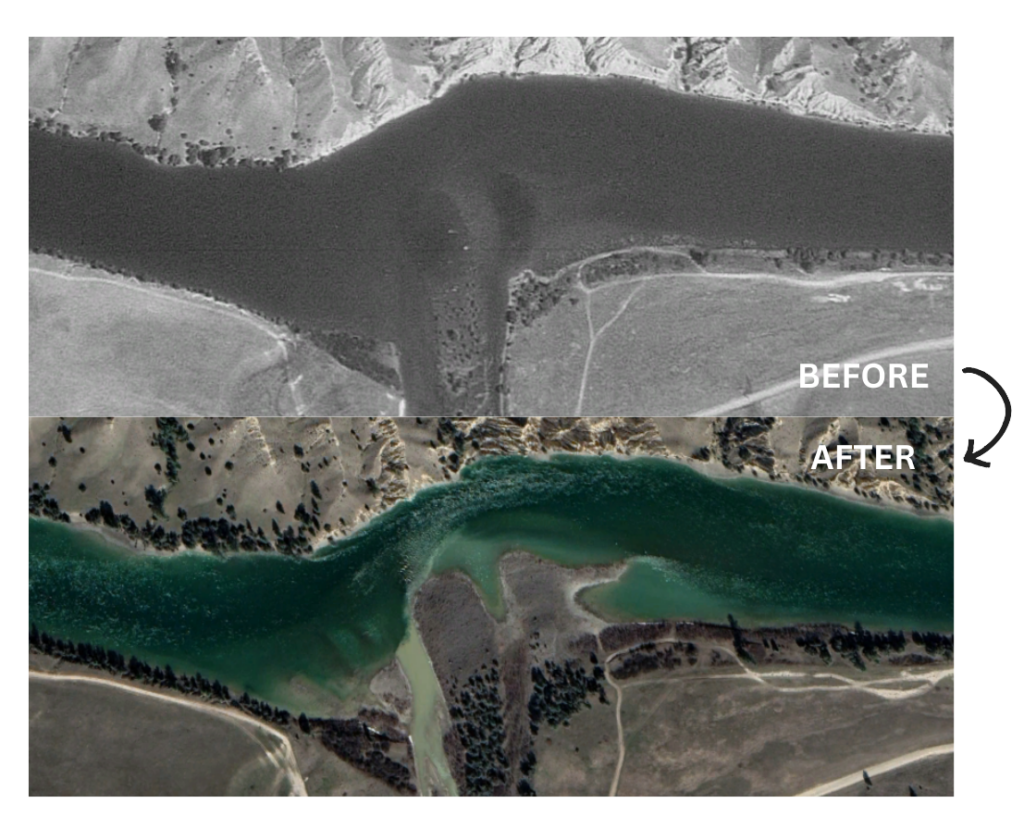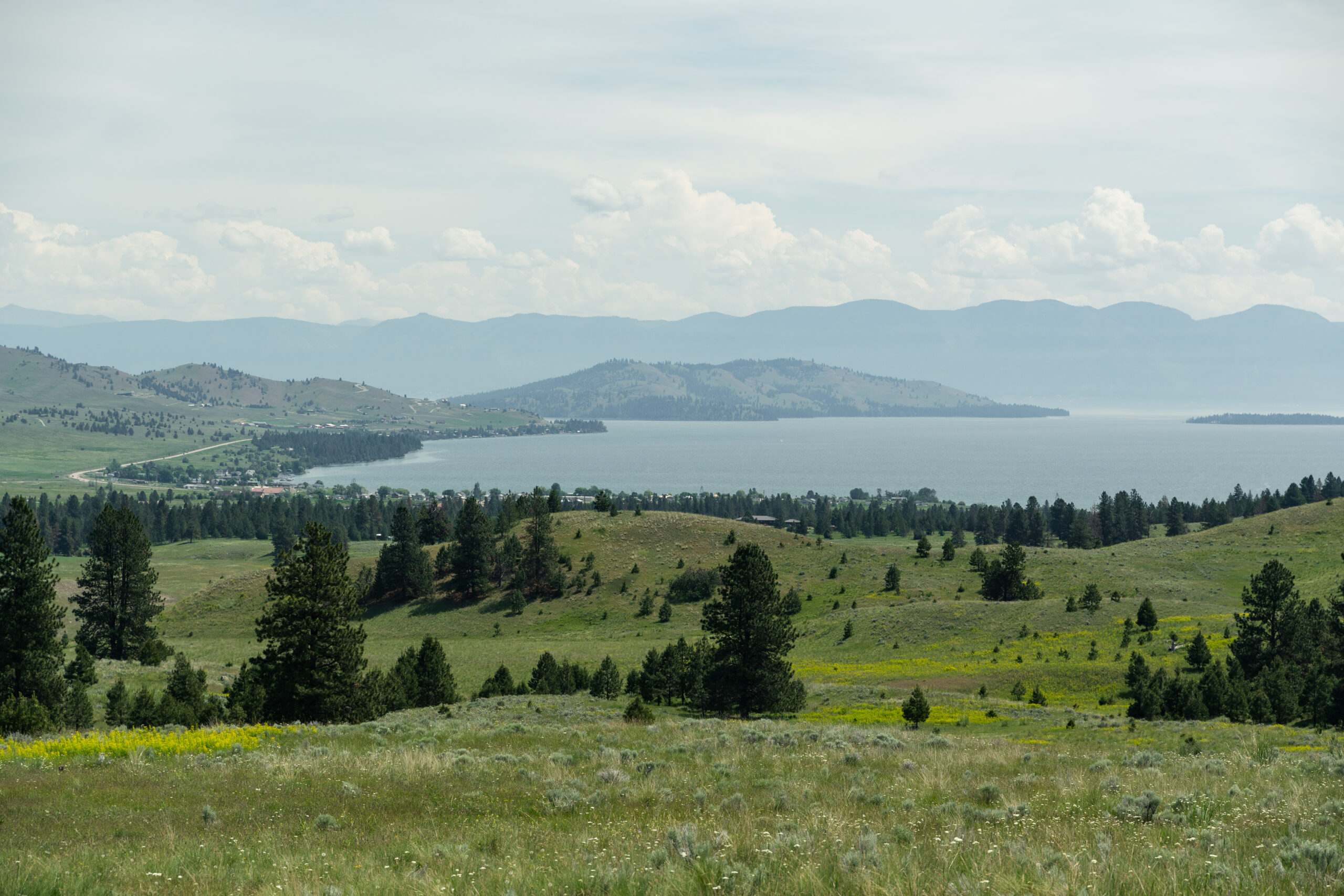
Program Mission
The Non-Point Source Pollution Program aims to reduce pollution inputs to tribal waters and restore reservation waterbodies to a more natural state.
What is Non-Point Source Pollution?
No natural resource is more vital to the Seli’š, Ksanka, and Qlispe’ than water. The high-quality waters of the Flathead Indian Reservation (FIR) have supported drinking, bathing, swimming, recreation, wildlife, native salmonids, agriculture, and most importantly cultural practices on the reservation since time immemorial. Water quality in many waterways of the reservation are impacted by non-point source pollution- degrading water quality by increasing water temperatures and alteration of fisheries habitat making native species rare in streams they were once prevalent in.
Non-Point Source (NPS) pollution is defined as pollution that is not traced back to a single point of origin. This type of pollution generally results from land runoff, precipitation, atmospheric deposition, drainage, seepage or hydrologic modification. As rainfall or snowmelt move through and across the ground, it picks up and carries away natural and human made pollutants, depositing them into lakes, rivers, wetlands, coastal waters and groundwater. Non-point source pollution is the lead remaining cause of water quality issues. The effects of this type of pollution include but are not limited to, degradation of drinking water, recreation, fisheries, and wildlife.
Water Quality Field Operations Officer: Erin Clinkenbeard
Office: (406) 883-2888 Ext. 7230
Lab: (406) 883-2888 Ext. 7223
Email: Erin.Clinkenbeard@cskt.org
Non-Point Source Impacts on the Reservation

The Little Bitterroot River is one of the reservations hardest hit waterbodies. Urban, mining, and agricultural practices upstream often lead to NPS pollution that result in elevated levels of turbidity, reduced levels of dissolved oxygen, increased water temperatures, and elevated levels of bacteria such as E. coli. All of which lead to degradation of designated water uses and reduced waterbody conditions.
Harmful Algal Bloom Report Form

StoryMap QR Code


Our Work
The Non-Point Source Program has successfully completed 10 restoration projects on the reservation. More information on upcoming projects coming soon!

Frequently Asked Questions
What is Non-Point Source Pollution Program?
- No natural resource is more vital to the Seli’š, Ksanka, and Qlispe’ than water. The high-quality waters of the Flathead Indian Reservation (FIR) have supported drinking, bathing, swimming, recreation, wildlife, native salmonids, agriculture, and most importantly cultural practices on the reservation since time immemorial. Water quality in many waterways of the reservation are impacted by non-point source pollution- degrading water quality by increasing water temperatures and alteration of fisheries habitat making native species rare in streams they were once prevalent in.
- Non-Point Source (NPS) pollution is defined as pollution that is not traced back to a single point of origin. This type of pollution generally results from land runoff, precipitation, atmospheric deposition, drainage, seepage or hydrologic modification. As rainfall or snowmelt move through and across the ground, it picks up and carries away natural and human made pollutants, depositing them into lakes, rivers, wetlands, coastal waters and groundwater. Non-point source pollution is the lead remaining cause of water quality issues. The effects of this type of pollution include but are not limited to, degradation of drinking water, recreation, fisheries, and wildlife.
